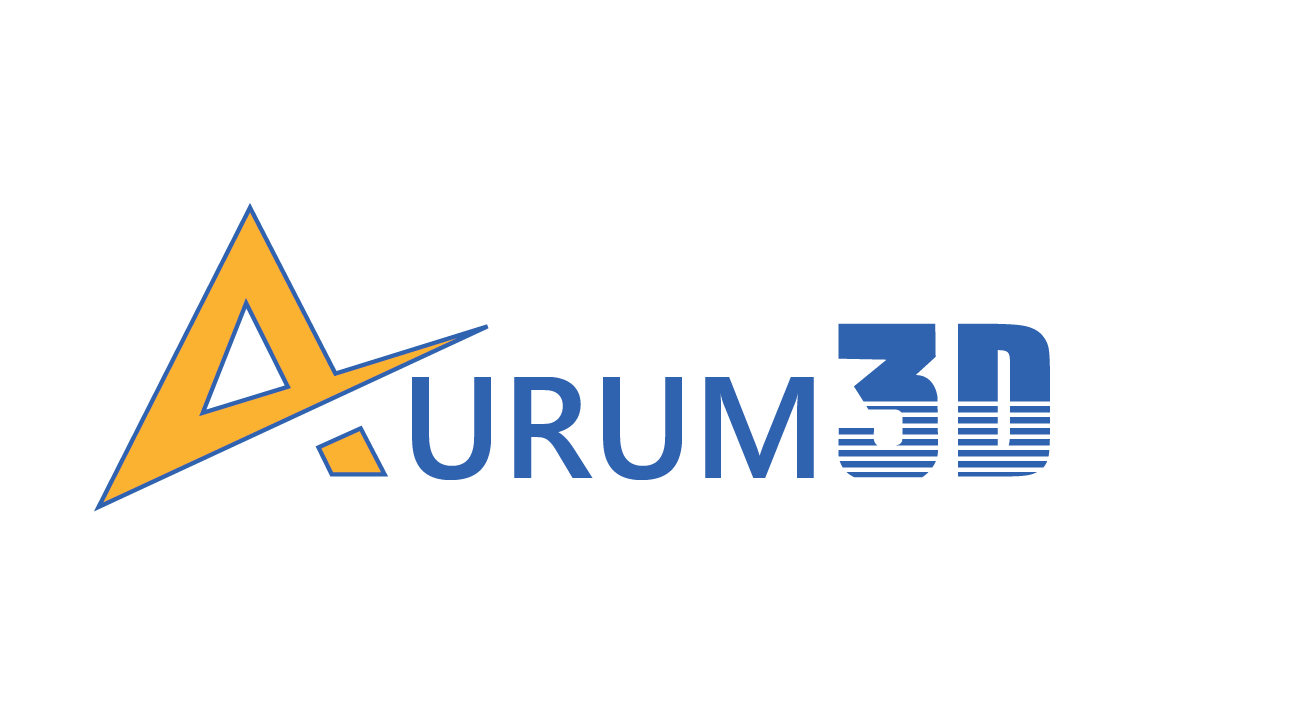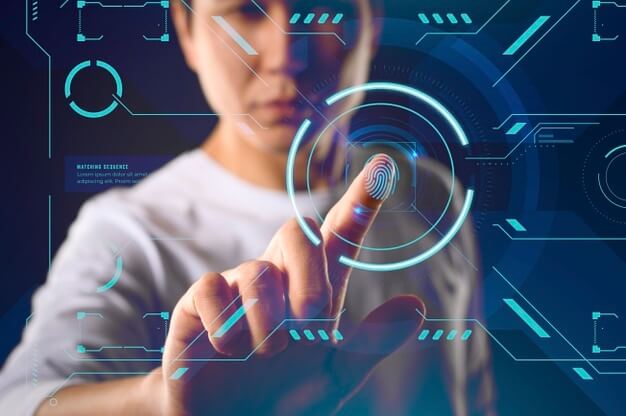Medical Industries
Medical Products
3D-printed anatomical models are becoming widely used tools in today’s world of precision medicine and for personalized treatments that are custom and patient-specific. The NextGen medical future is 3D-printed implantable organs which will probably be easily available by drastically reducing the waiting time and saving more human lives. Additive manufacturing for healthcare is still very much a work in progress with regards to optimal performance and reduced costs.
Across the world, it has been observed that 3D printing technology has been called upon to overcome the shortages of vital medical equipment such as personal protective equipment, splitters valves, and ventilators caused by the Covid-19 outbreak. It clearly made an impression and highlighted its importance and presence as an alternative to traditional manufacturing methods. Let’s understand and have a look at important types of medical segments that are already being produced using 3D printing.
3D printing technology is still very much in the early stages in the healthcare industry and its benefits are already apparent and growing rapidly into various ways helping the humankind and medical team. The medical industry will take another 5 or 10 years’ time with 3D printing being one of the key technologies driving innovation in the areas of bioprinting, regenerative medicine, and pharmaceuticals. Market experts forecasted that 3D printing technology in the field of medicine will be worth $3.5bn by 2025, compared to $713.3m in 2016. The medical industry’s compound annual growth rate is supposed to reach 17.7% between 2020 and 2025.
Our Value Proposition
Brand Strategy
Concept design
Turn Around Time
Quality Products
There are few issues to look around for 3D-printed devices to become more usable in healthcare due to the high criticality, the R&D cost, and regulatory concerns around the devices and innovative precision products. Due to the growing demand and turnaround time, there is a continuously growing expectation that will change the entire ecosystem in the near future. The technology is already being proven and doing great in the fellow areas of medical science giving a completely new dimension to the most advanced and critical business segment. Our designers have good knowledge of these requirements and work closely in collaborations with medical consultants and research organizations in the below areas.
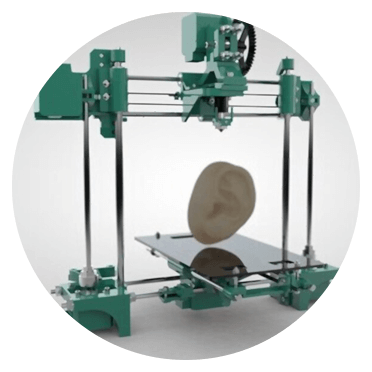
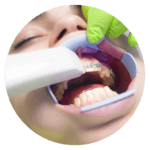
Dental restorations such as crowns: When it comes to dentures or braces we all know that it’s unique and there is no one-size-fits-all, and patients have to often undergo multiple iterations to get their perfect matching mouthpiece as dentist work their way through different treatments to make a perfect fit. This is when 3D printing becomes an ideal fit for the dental industry, making unique surgical guides, crowns, and trays quickly and cheaply. It reduces the complicated lengthy process of taking physical impressions and creating a mock-up out of plaster for the patient’s teeth and to manufacture a tooth. When using this technology a 3D digital x-ray done by an intra-oral scanner, a camera quickly creates a 3D rendering of the teeth and surrounding gums in a digital format. Further, the 3D printer device prints the tooth instantly without the patient leaving the chair and doing multiple visits.
Surgical instruments: A lot of surgeries require customized tools and that’s the area where 3D printing can be used to manufacture custom instruments easily. In fact, by the additive manufacturing technique, the cost of customization and production comes drastically down for any surgical tools and prostheses.
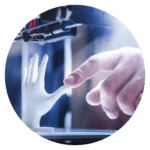
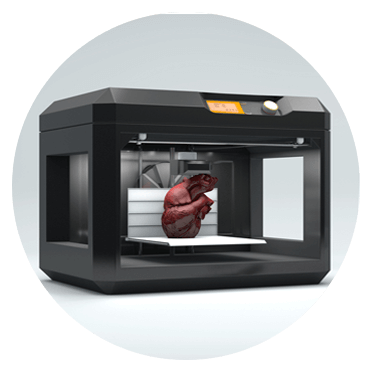
Orthopedic implants: With having risen in accident cases the 3D printing not only significantly speeds up the entire process but creating much cheaper products that offer patients the same functionality as traditionally manufactured prosthetics at customized designs. For small children, who continuously grow with time requires prosthetic up-gradation and the lower price point of these products makes them easily upgraded over time.
Key Highlights:
- 3D printed physical model allows different medical students and practitioner to understand the human anatomy and complex bone structure concepts details with ease.
- 3D Printed models allow doctors to explain patients about medical issue in a layman terms and discuss on the operational procedure different viewpoints, medical aspects, and various surgical concepts.
- In current situations, the medical college can enhance the labs with the use of 3D printer machine as a navigation to print and developing new human structure for realistic training models for various medical courses.
- It offers high-quality real-life visuals and gives a better perspective for different age groups compared to the old fashioned real human models of low grade plastics or hard PoB’s.
Prosthetic: The 3D-printing technology allows us to achieve the desired patient anatomy that could be used to plan accurately the surgical procedure and provide the surgeon with a physical 3D model along with some cross-sectional images.
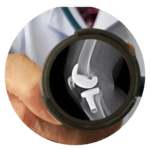
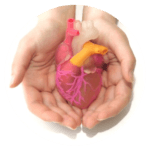
Human organs and tissue: 3D printing has developed enough avenues to save lives reducing the waiting list of patients that need organ transplantation. Nowadays the technology has enabled Bio-printed organs which can be used in the future by pharmaceutical industries for analyzing the toxicity of new drugs by replacing animal models and modeling of implantable tissue. 3D printing technology already makes a breakthrough in developing synthetic skin for the patients, who suffered from burn injuries.
Improving medical education: The technology has been extending a great help for medical trainees for acquiring faster learning, confidence, and managing practices on various use cases with the help of 3D-printed patient-specific models with specific medical scenarios.
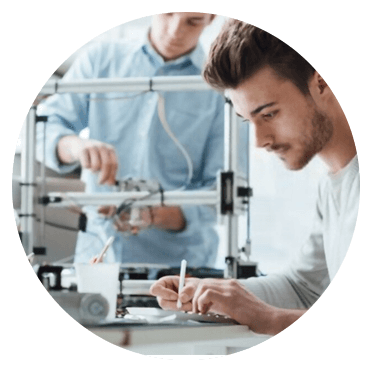
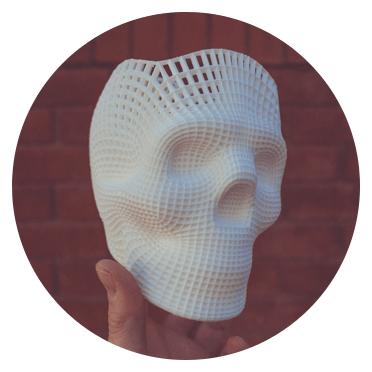
Patient education: Understanding imaging reports and communicating verbally with doctors has always been challenging. The multi-pictured CT or MRI scans may not be an effective way to explain the patients easily. It was always difficult to fully understand 2D images’ representation of a 3D complex anatomy. Hence, a 3D printed anatomy model of human parts makes an effective way to explain patients the accuracy of the problems.







At Aurum3D, the team works extensively on new ways to help humanity by providing transformational solutions in the field of medical science. Either its dentist, surgeon, or device manufacturer, our team continuously strives to endeavor every segment by niche technology so that humanity can sustain and it is easily accessible to every human being to get the best treatment at an affordable price.
Aurum3D team extends the 3D printing technology in consultation with doctors and pharmaceuticals to use the huge potential in order to significantly improve and speed up the research and the support the new generation of surgeons. We help to develop the trust and strong relationship between patient and surgeon while increasing the level of understanding of the disease through various 3D printed models and anatomy. Our designer team designs specific models of patient’s which can customize and implant easily and other surgical tools for the entire surgical process and reduce overall cost.
Our Research and Techniques
We use various printing techniques and material researched in order to better reproduce the anatomy. We are researching some materials which will be able to close the gap between the real anatomy and the reproduced one considering the soft tissue segments of medical science.
Our Expertise
3D Printing
The dedicated and in-house team
3D Printing
We customize 3D printing services according to the precise needs of the model, prototype, or product by allowing clients to choose from a slew of 3D printing services according to their precise needs.
Learn more3D Designing
Our expertise in creating 3D designs and models
3D Desiging
We combine domain experience, software experience, design and analysis expertise, product development, and sophisticated tools to facilitate business transformation and business requirements.
Learn more3D Scanning
An advanced innovative approach
3D Scanning
With a team of highly qualified professionals, we will provide an advanced innovative approach to save lots of your re-engineering time & cost. This process also helps to reduce the dependency on the complex supply chain.
Learn moreClient case studies
Client case studies

Next-Gen Transformation Solutions

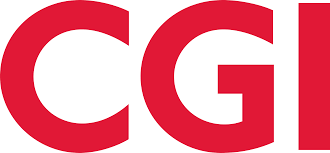




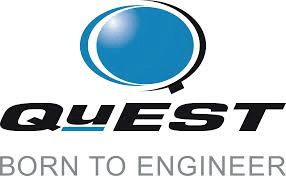

One Stop for all your product design and prototyping solutions.
To leverage our expertise and innovative solutions for your product definition and validation.
Please feel free to discuss with our consultants and designers to help you in reducing time to market.
© 2020 Aurum3D. All Rights Reserved.
Registered Address
D-208, Innovative Petal,
Near BMA College, Doddanekundi,
Bangalore, Karnataka, India 560037
